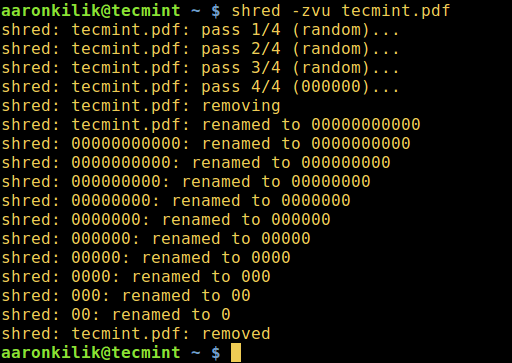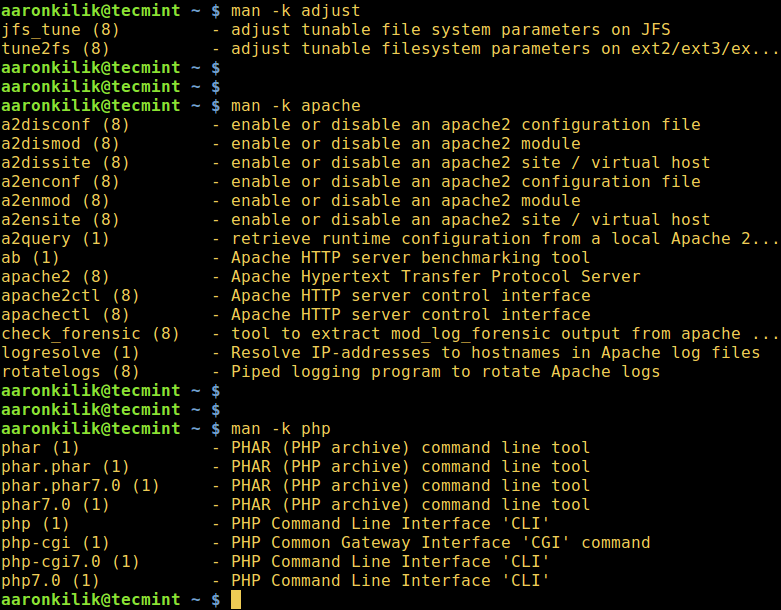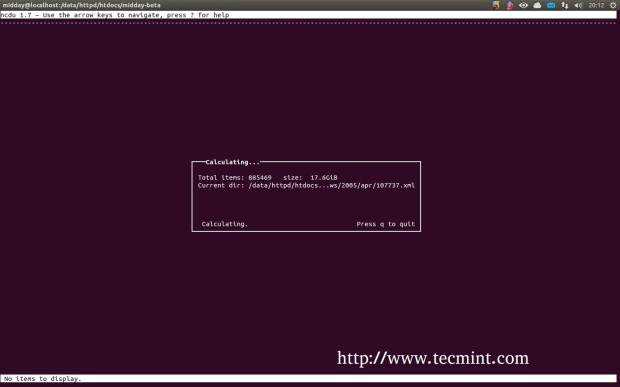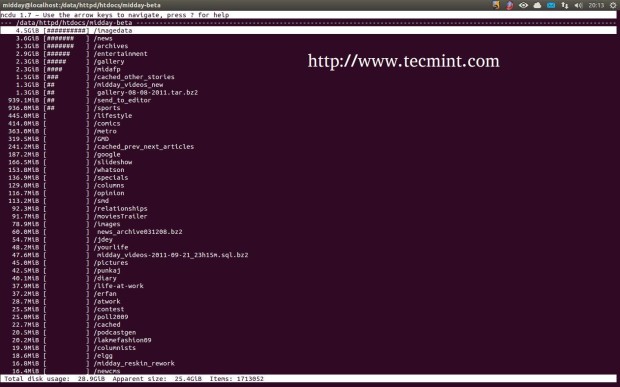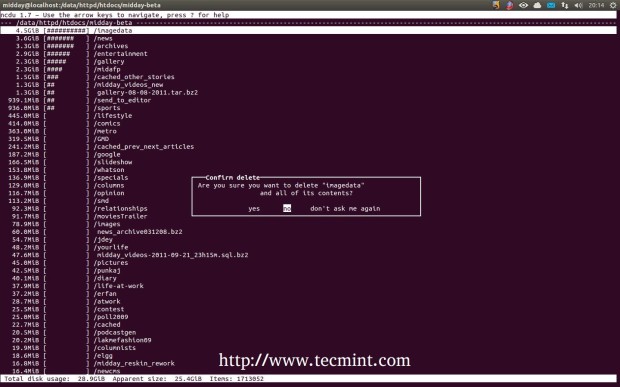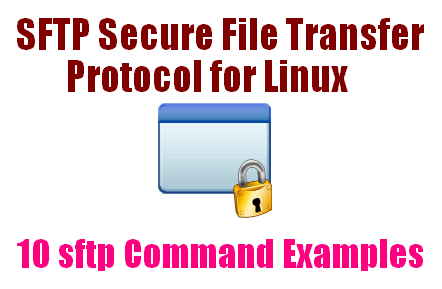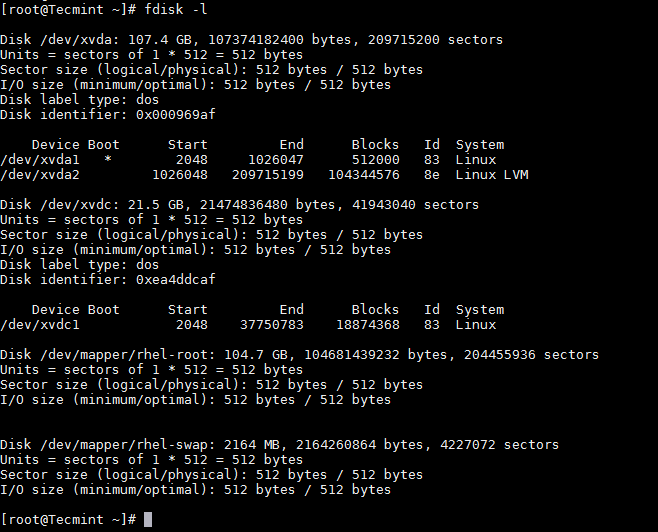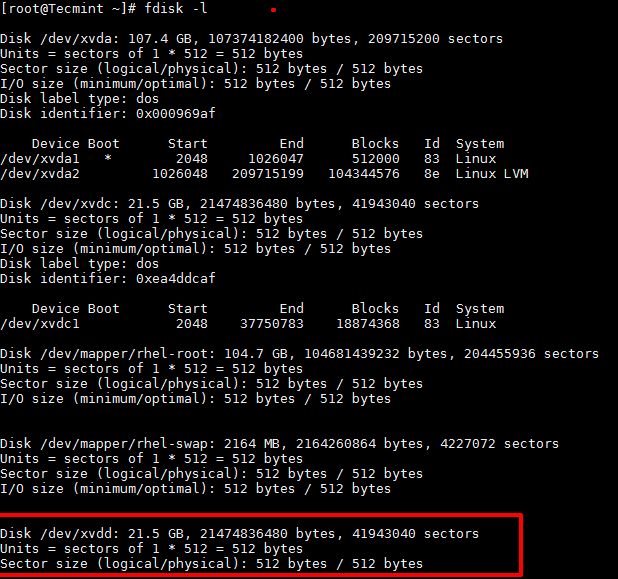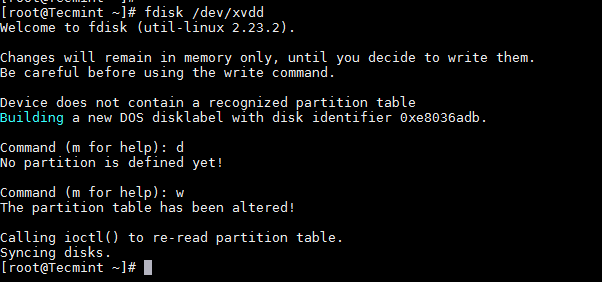RPM (Red Hat Package Manager) is an default open source and most popular package management utility for Red Hat based systems like (RHEL, CentOS and Fedora). The tool allows system administrators and users to install, update, uninstall, query, verify and manage system software packages in Unix/Linux operating systems. The RPM formerly known as .rpm file, that includes compiled software programs and libraries needed by the packages. This utility only works with packages that built on .rpm format.
This article provides some useful 20 RPM command examples that might be helpful to you. With the help of these rpm command you can managed to install, update, remove packages in your Linux systems.
Some Facts about RPM (RedHat Package Manager)
- RPM is free and released under GPL (General Public License).
- RPM keeps the information of all the installed packages under /var/lib/rpm database.
- RPM is the only way to install packages under Linux systems, if you’ve installed packages using source code, then rpm won’t manage it.
- RPM deals with .rpm files, which contains the actual information about the packages such as: what it is, from where it comes, dependencies info, version info etc.
There are five basic modes for RPM command
- Install : It is used to install any RPM package.
- Remove : It is used to erase, remove or un-install any RPM package.
- Upgrade : It is used to update the existing RPM package.
- Verify : It is used to verify an RPM packages.
- Query : It is used query any RPM package.
Where to find RPM packages
Below is the list of rpm sites, where you can find and download all RPM packages.
Read Also :
- 20 YUM Command Examples in Linux
- 10 Wget Command Examples in Linux
- 30 Most Useful Linux Commands for System Administrators
Please remember you must be root user when installing packages in Linux, with the root privileges you can manage rpm commands with their appropriate options.
1. How to Check an RPM Signature Package
Always check the PGP signature of packages before installing them on your Linux systems and make sure its integrity and origin is OK. Use the following command with –checksig (check signature) option to check the signature of a package called pidgin.
[root@tecmint]# rpm --checksig pidgin-2.7.9-5.el6.2.i686.rpm pidgin-2.7.9-5.el6.2.i686.rpm: rsa sha1 (md5) pgp md5 OK
2. How to Install an RPM Package
For installing an rpm software package, use the following command with -i option. For example, to install an rpm package called pidgin-2.7.9-5.el6.2.i686.rpm.
[root@tecmint]# rpm -ivh pidgin-2.7.9-5.el6.2.i686.rpm Preparing... ########################################### [100%] 1:pidgin ########################################### [100%]
RPM command and options
- -i : install a package
- -v : verbose for a nicer display
- -h: print hash marks as the package archive is unpacked.
3. How to check dependencies of RPM Package before Installing
Let’s say you would like to do a dependency check before installing or upgrading a package. For example, use the following command to check the dependencies of BitTorrent-5.2.2-1-Python2.4.noarch.rpm package. It will display the list of dependencies of package.
[root@tecmint]# rpm -qpR BitTorrent-5.2.2-1-Python2.4.noarch.rpm /usr/bin/python2.4 python >= 2.3 python(abi) = 2.4 python-crypto >= 2.0 python-psyco python-twisted >= 2.0 python-zopeinterface rpmlib(CompressedFileNames) = 2.6
RPM command and options
- -q : Query a package
- -p : List capabilities this package provides.
- -R: List capabilities on which this package depends..
4. How to Install a RPM Package Without Dependencies
If you know that all needed packages are already installed and RPM is just being stupid, you can ignore those dependencies by using the option –nodeps (no dependencies check) before installing the package.
[root@tecmint]# rpm -ivh --nodeps BitTorrent-5.2.2-1-Python2.4.noarch.rpm Preparing... ########################################### [100%] 1:BitTorrent ########################################### [100%]
The above command forcefully install rpm package by ignoring dependencies errors, but if those dependency files are missing, then the program will not work at all, until you install them.
5. How to check an Installed RPM Package
Using -q option with package name, will show whether an rpm installed or not.
[root@tecmint]# rpm -q BitTorrent BitTorrent-5.2.2-1.noarch
6. How to List all files of an installed RPM package
To view all the files of an installed rpm packages, use the -ql (query list) with rpm command.
[root@tecmint]# rpm -ql BitTorrent /usr/bin/bittorrent /usr/bin/bittorrent-console /usr/bin/bittorrent-curses /usr/bin/bittorrent-tracker /usr/bin/changetracker-console /usr/bin/launchmany-console /usr/bin/launchmany-curses /usr/bin/maketorrent /usr/bin/maketorrent-console /usr/bin/torrentinfo-console
7. How to List Recently Installed RPM Packages
Use the following rpm command with -qa (query all) option, will list all the recently installed rpm packages.
[root@tecmint]# rpm -qa --last BitTorrent-5.2.2-1.noarch Tue 04 Dec 2012 05:14:06 PM BDT pidgin-2.7.9-5.el6.2.i686 Tue 04 Dec 2012 05:13:51 PM BDT cyrus-sasl-devel-2.1.23-13.el6_3.1.i686 Tue 04 Dec 2012 04:43:06 PM BDT cyrus-sasl-2.1.23-13.el6_3.1.i686 Tue 04 Dec 2012 04:43:05 PM BDT cyrus-sasl-md5-2.1.23-13.el6_3.1.i686 Tue 04 Dec 2012 04:43:04 PM BDT cyrus-sasl-plain-2.1.23-13.el6_3.1.i686 Tue 04 Dec 2012 04:43:03 PM BDT
8. How to List All Installed RPM Packages
Type the following command to print the all the names of installed packages on your Linux system.
[root@tecmint]# rpm -qa initscripts-9.03.31-2.el6.centos.i686 polkit-desktop-policy-0.96-2.el6_0.1.noarch thunderbird-17.0-1.el6.remi.i686
9. How to Upgrade a RPM Package
If we want to upgrade any RPM package “–U” (upgrade) option will be used. One of the major advantages of using this option is that it will not only upgrade the latest version of any package, but it will also maintain the backup of the older package so that in case if the newer upgraded package does not run the previously installed package can be used again.
[root@tecmint]# rpm -Uvh nx-3.5.0-2.el6.centos.i686.rpm Preparing... ########################################### [100%] 1:nx ########################################### [100%]
10. How to Remove a RPM Package
To un-install an RPM package, for example we use the package name nx, not the original package name nx-3.5.0-2.el6.centos.i686.rpm. The -e (erase) option is used to remove package.
[root@tecmint]# rpm -evv nx
11. How to Remove an RPM Package Without Dependencies
The –nodeps (Do not check dependencies) option forcefully remove the rpm package from the system. But keep in mind removing particular package may break other working applications.
[root@tecmint]# rpm -ev --nodeps vsftpd
12. How to Query a file that belongs which RPM Package
Let’s say, you have list of files and you would like to find out which package belongs to these files. For example, the following command with -qf (query file) option will show you a file /usr/bin/htpasswd is own by package httpd-tools-2.2.15-15.el6.centos.1.i686.
[root@tecmint]# rpm -qf /usr/bin/htpasswd httpd-tools-2.2.15-15.el6.centos.1.i686
13. How to Query a Information of Installed RPM Package
Let’s say you have installed an rpm package and want to know the information about the package. The following -qi (query info) option will print the available information of the installed package.
[root@tecmint]# rpm -qi vsftpd Name : vsftpd Relocations: (not relocatable) Version : 2.2.2 Vendor: CentOS Release : 11.el6 Build Date: Fri 22 Jun 2012 01:54:24 PM BDT Install Date: Mon 17 Sep 2012 07:55:28 PM BDT Build Host: c6b8.bsys.dev.centos.org Group : System Environment/Daemons Source RPM: vsftpd-2.2.2-11.el6.src.rpm Size : 351932 License: GPLv2 with exceptions Signature : RSA/SHA1, Mon 25 Jun 2012 04:07:34 AM BDT, Key ID 0946fca2c105b9de Packager : CentOS BuildSystem <http://bugs.centos.org> URL : http://vsftpd.beasts.org/ Summary : Very Secure Ftp Daemon Description : vsftpd is a Very Secure FTP daemon. It was written completely from scratch.
14. Get the Information of RPM Package Before Installing
You have download a package from the internet and want to know the information of a package before installing. For example, the following option -qip (query info package) will print the information of a package sqlbuddy.
[root@tecmint]# rpm -qip sqlbuddy-1.3.3-1.noarch.rpm Name : sqlbuddy Relocations: (not relocatable) Version : 1.3.3 Vendor: (none) Release : 1 Build Date: Wed 02 Nov 2011 11:01:21 PM BDT Install Date: (not installed) Build Host: rpm.bar.baz Group : Applications/Internet Source RPM: sqlbuddy-1.3.3-1.src.rpm Size : 1155804 License: MIT Signature : (none) Packager : Erik M Jacobs URL : http://www.sqlbuddy.com/ Summary : SQL Buddy â Web based MySQL administration Description : SQLBuddy is a PHP script that allows for web-based MySQL administration.
15. How to Query documentation of Installed RPM Package
To get the list of available documentation of an installed package, use the following command with option -qdf(query document file) will display the manual pages related to vmstat package.
[root@tecmint]# rpm -qdf /usr/bin/vmstat /usr/share/doc/procps-3.2.8/BUGS /usr/share/doc/procps-3.2.8/COPYING /usr/share/doc/procps-3.2.8/COPYING.LIB /usr/share/doc/procps-3.2.8/FAQ /usr/share/doc/procps-3.2.8/NEWS /usr/share/doc/procps-3.2.8/TODO
16. How to Verify a RPM Package
Verifying a package compares information of installed files of the package against the rpm database. The -Vp(verify package) is used to verify a package.
[root@tecmint downloads]# rpm -Vp sqlbuddy-1.3.3-1.noarch.rpm S.5....T. c /etc/httpd/conf.d/sqlbuddy.conf
17. How to Verify all RPM Packages
Type the following command to verify all the installed rpm packages.
[root@tecmint]# rpm -Va S.5....T. c /etc/rc.d/rc.local .......T. c /etc/dnsmasq.conf .......T. /etc/ld.so.conf.d/kernel-2.6.32-279.5.2.el6.i686.conf S.5....T. c /etc/yum.conf S.5....T. c /etc/yum.repos.d/epel.repo
18. How to Import an RPM GPG key
To verify RHEL/CentOS/Fedora packages, you must import the GPG key. To do so, execute the following command. It will import CentOS 6 GPG key.
[root@tecmint]# rpm --import /etc/pki/rpm-gpg/RPM-GPG-KEY-CentOS-6
19. How to List all Imported RPM GPG keys
To print all the imported GPG keys in your system, use the following command.
[root@tecmint]# rpm -qa gpg-pubkey* gpg-pubkey-0608b895-4bd22942 gpg-pubkey-7fac5991-4615767f gpg-pubkey-0f2672c8-4cd950ee gpg-pubkey-c105b9de-4e0fd3a3 gpg-pubkey-00f97f56-467e318a gpg-pubkey-6b8d79e6-3f49313d gpg-pubkey-849c449f-4cb9df30
20. How To rebuild Corrupted RPM Database
Sometimes rpm database gets corrupted and stops all the functionality of rpm and other applications on the system. So, at the time we need to rebuild the rpm database and restore it with the help of following command.
[root@tecmint]# cd /var/lib [root@tecmint]# rm __db* [root@tecmint]# rpm --rebuilddb [root@tecmint]# rpmdb_verify Packages

















